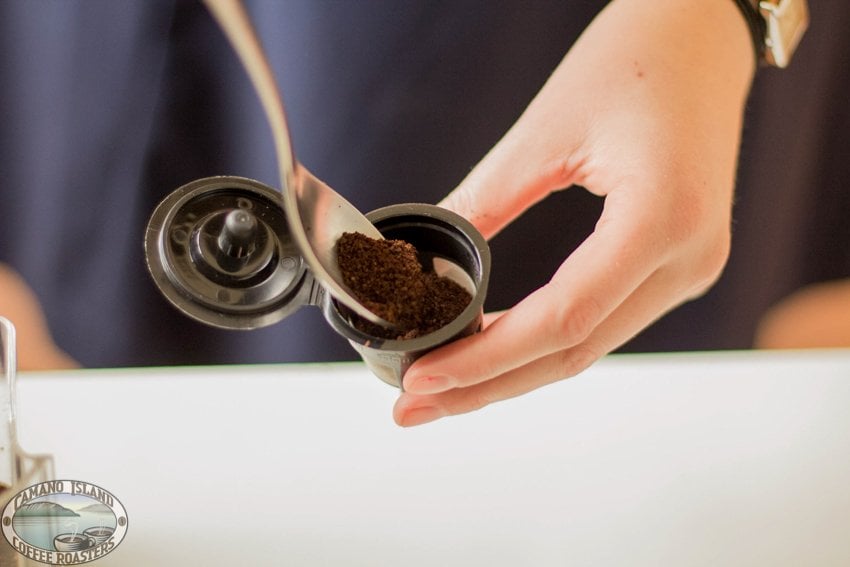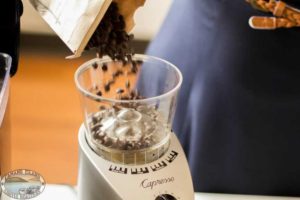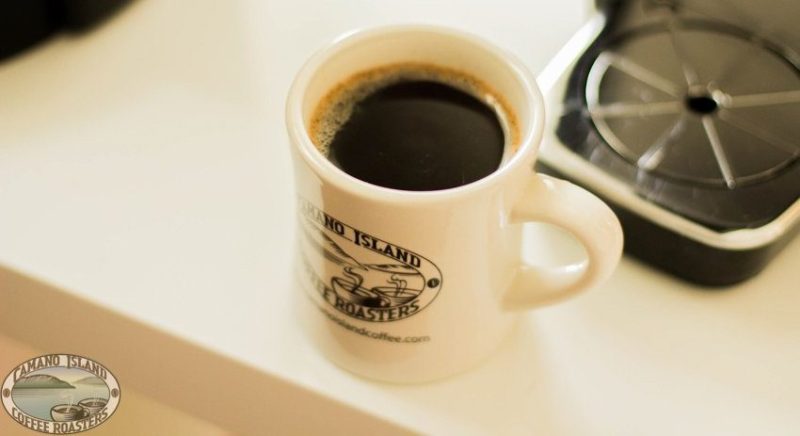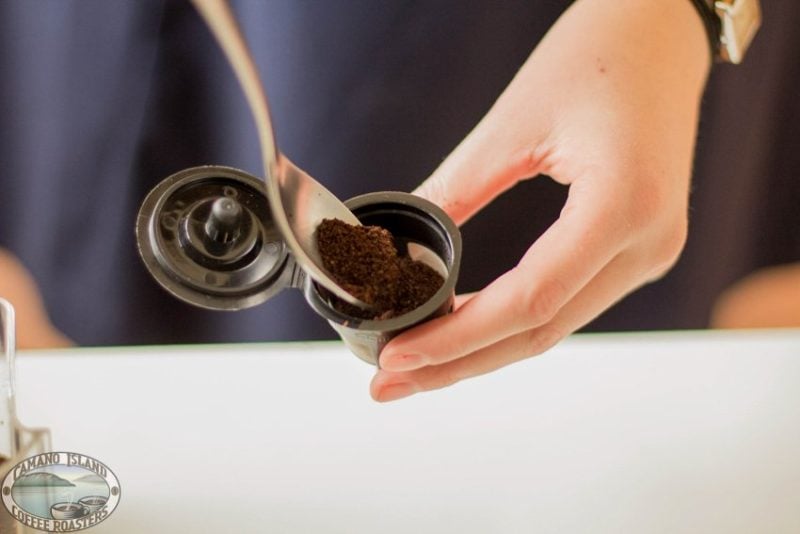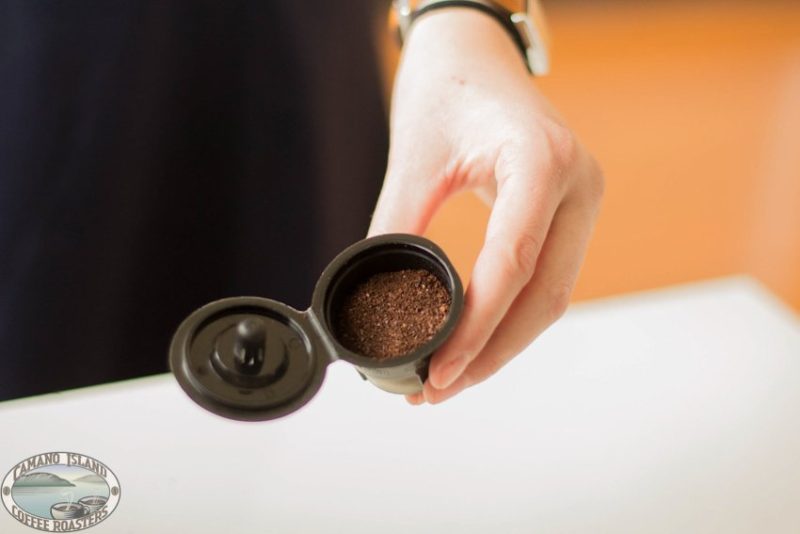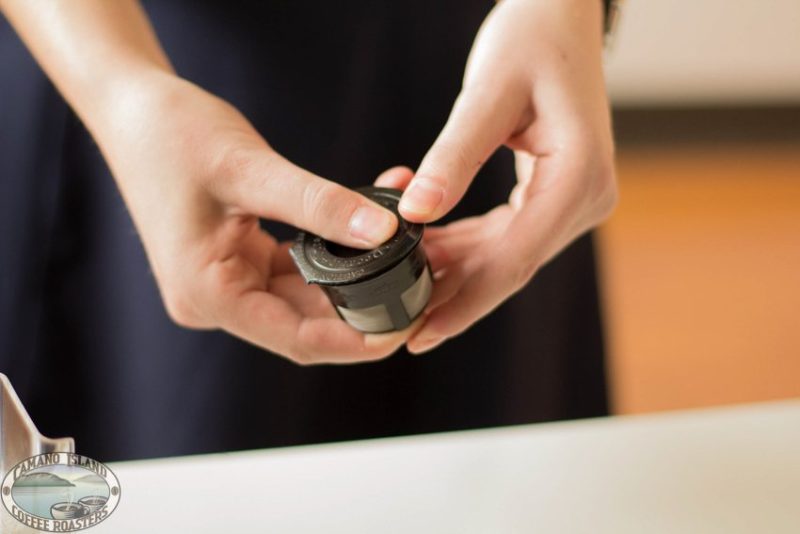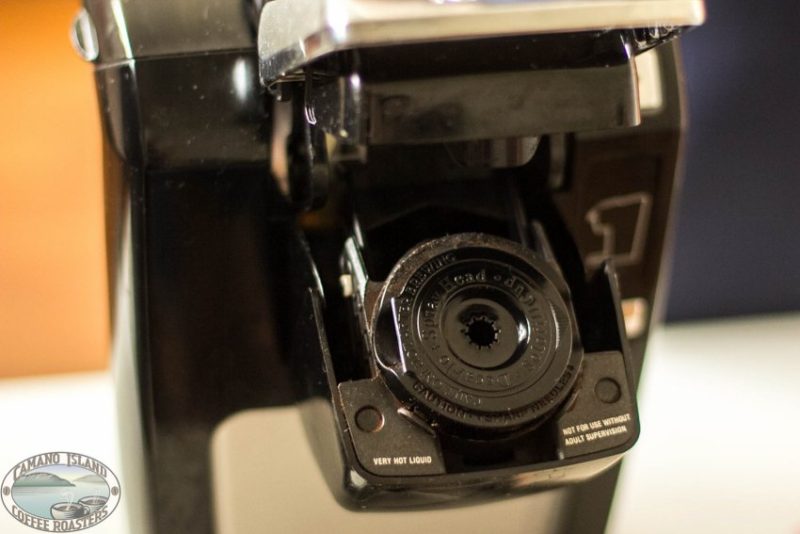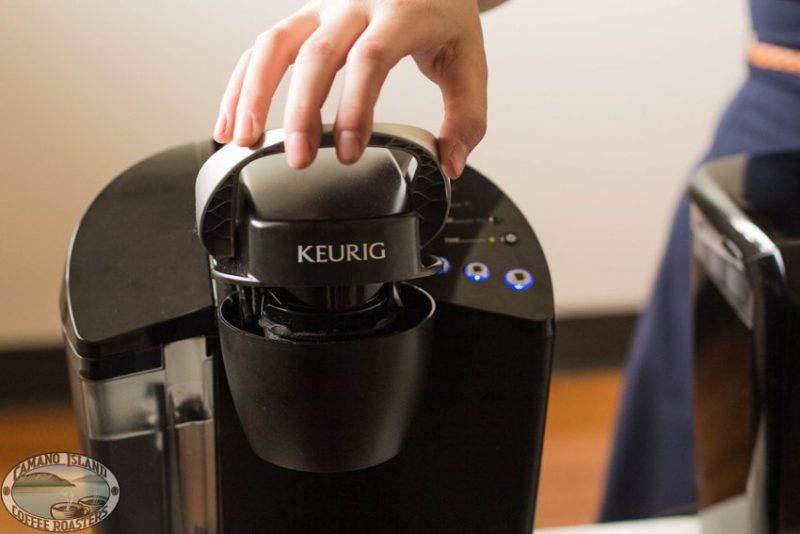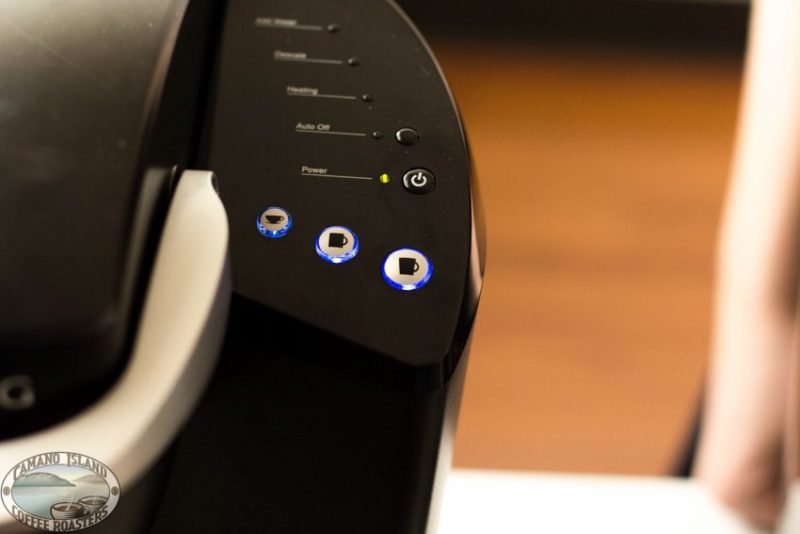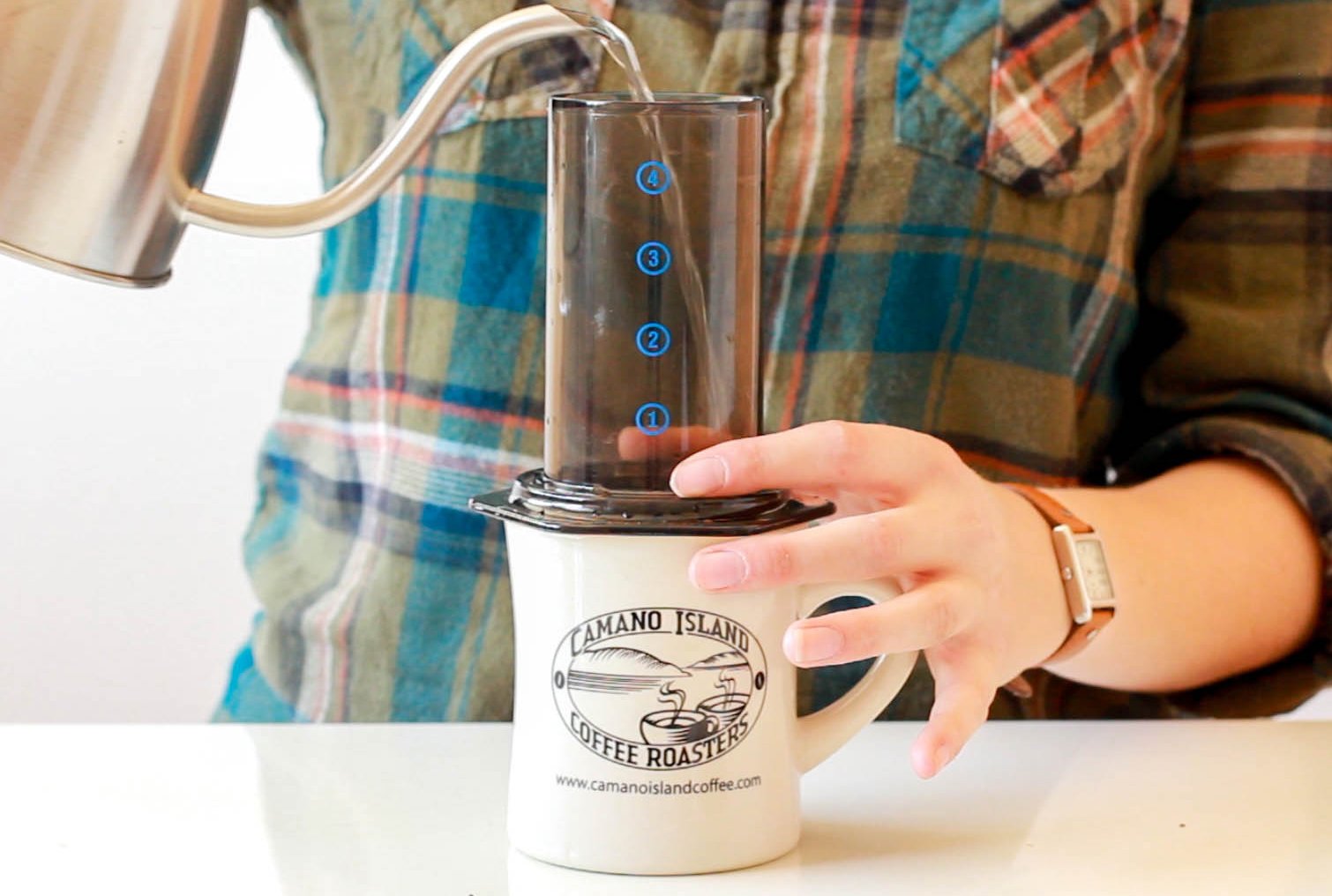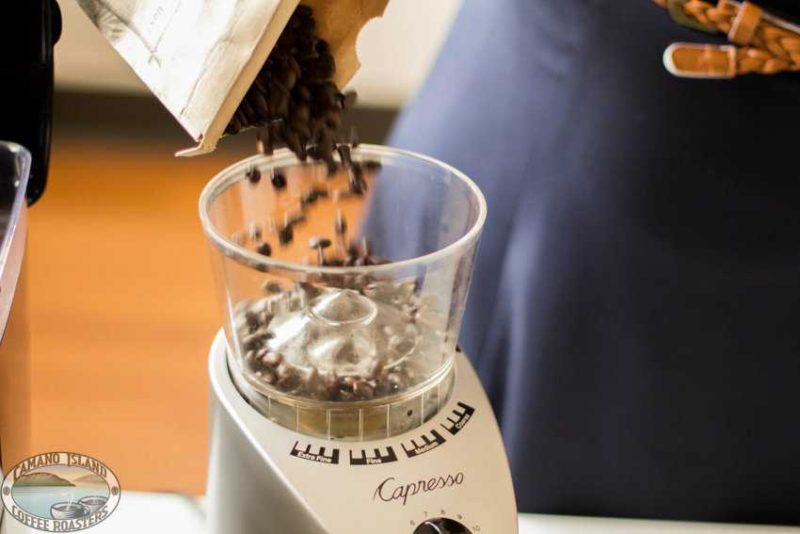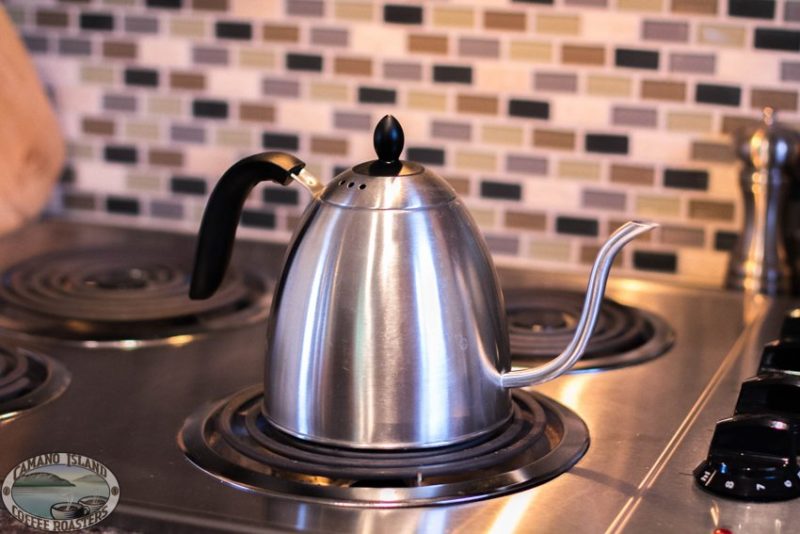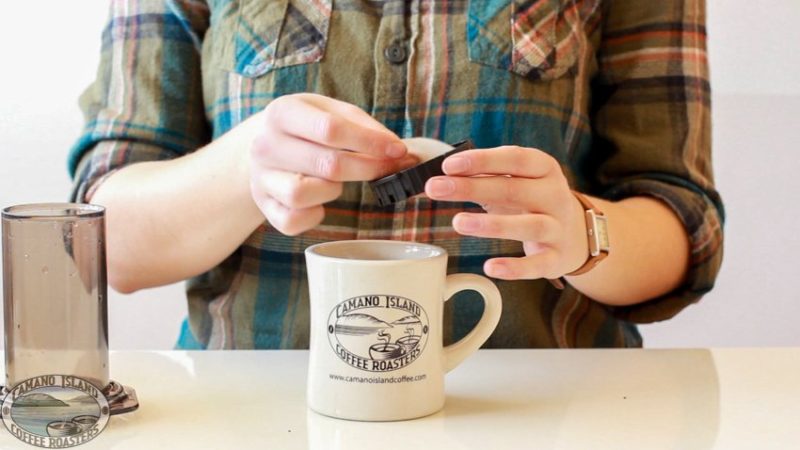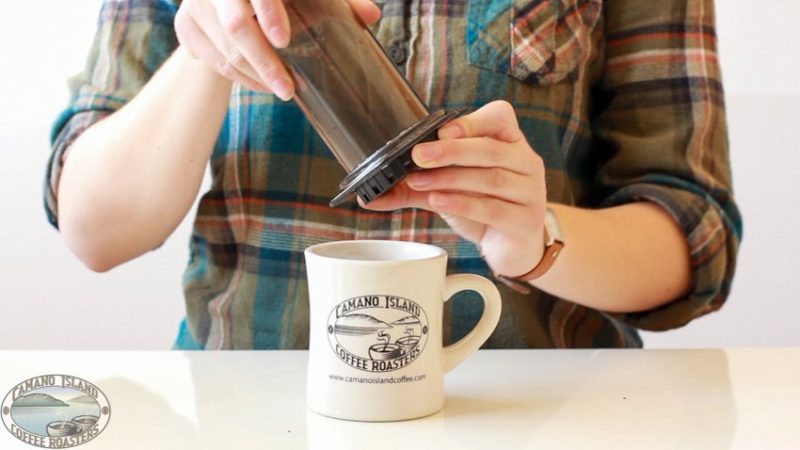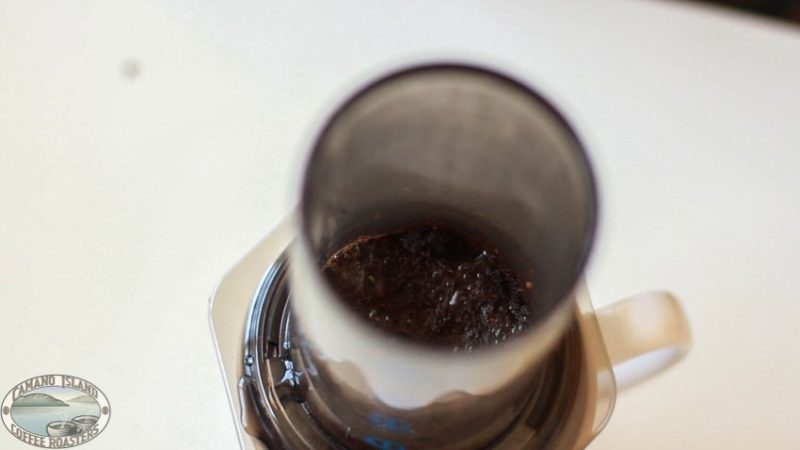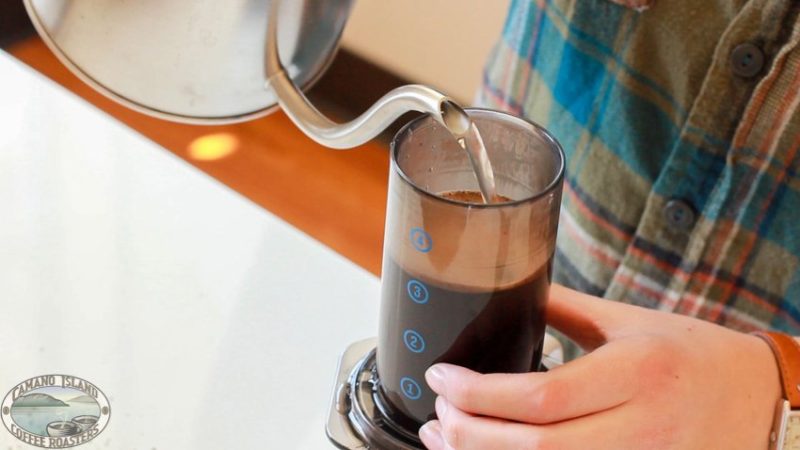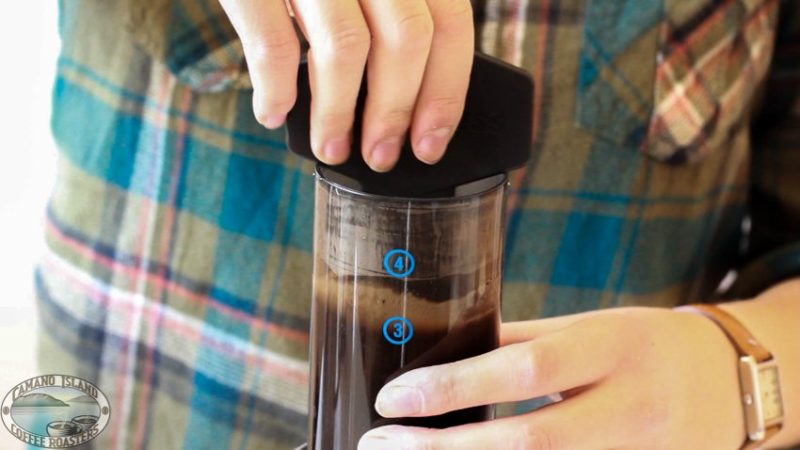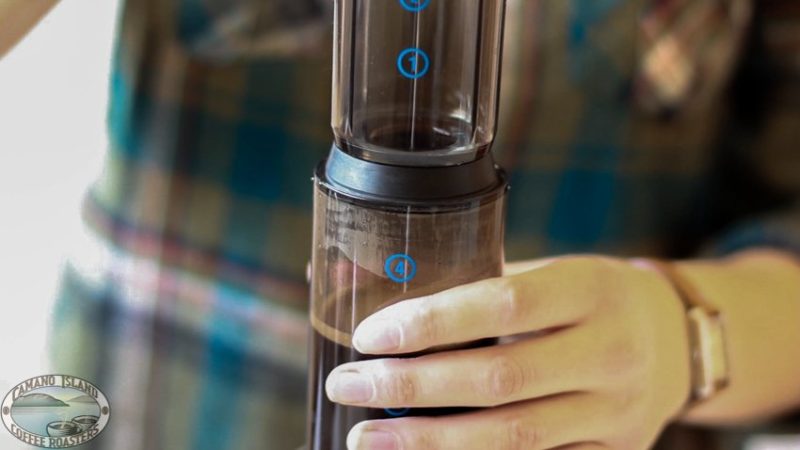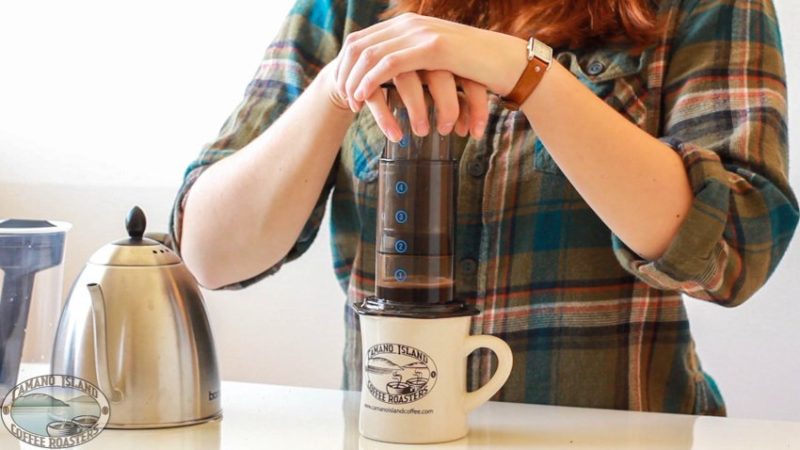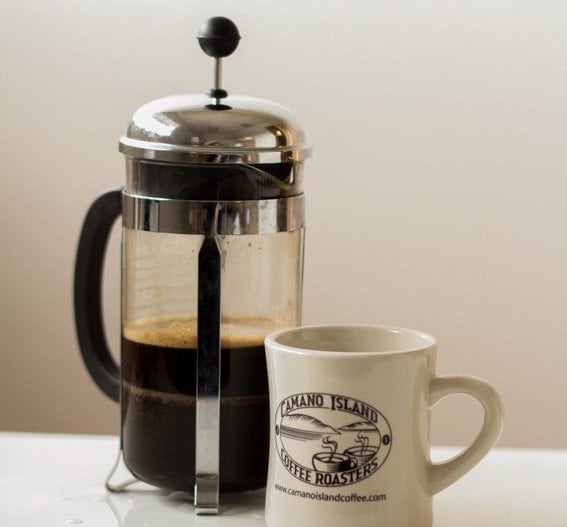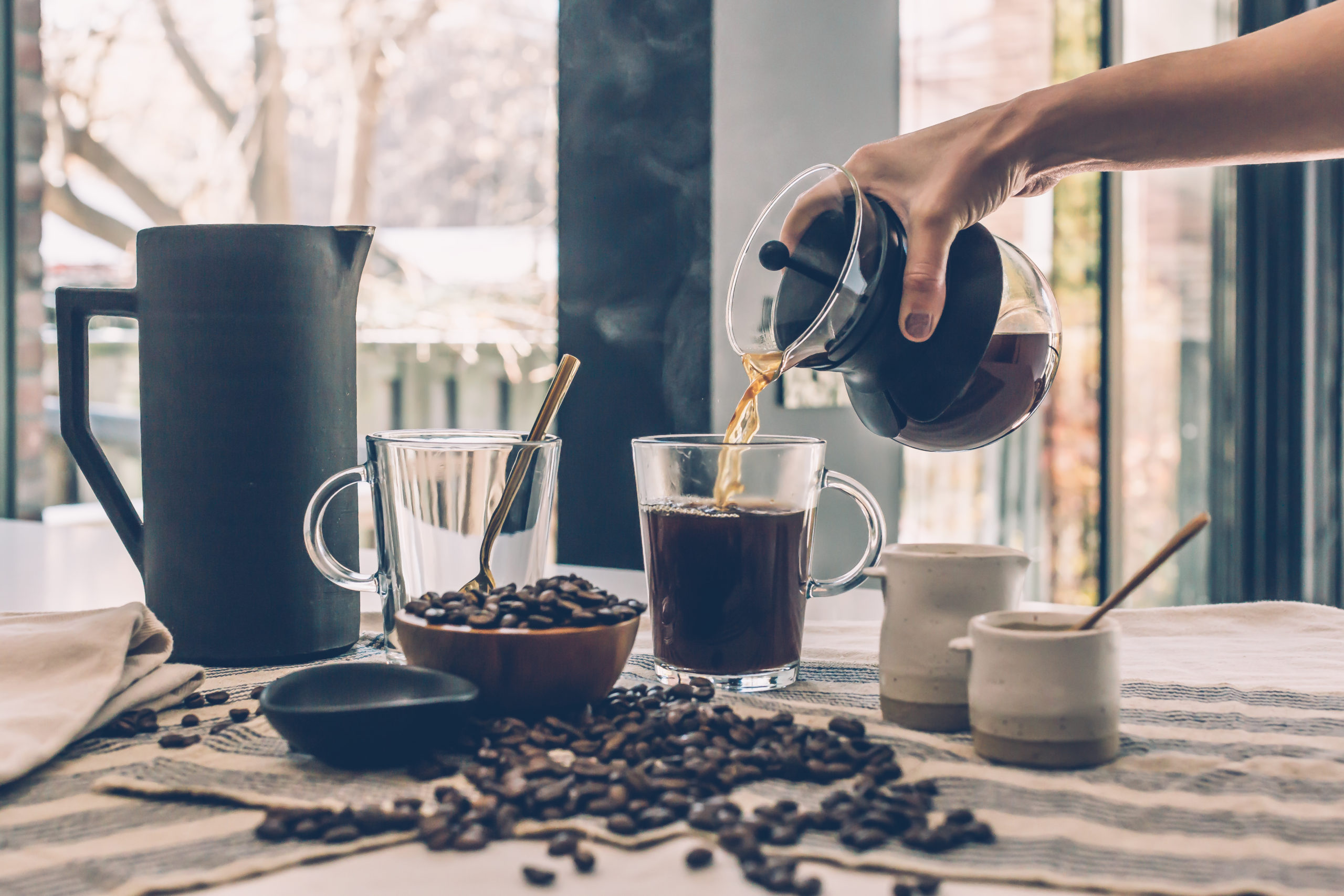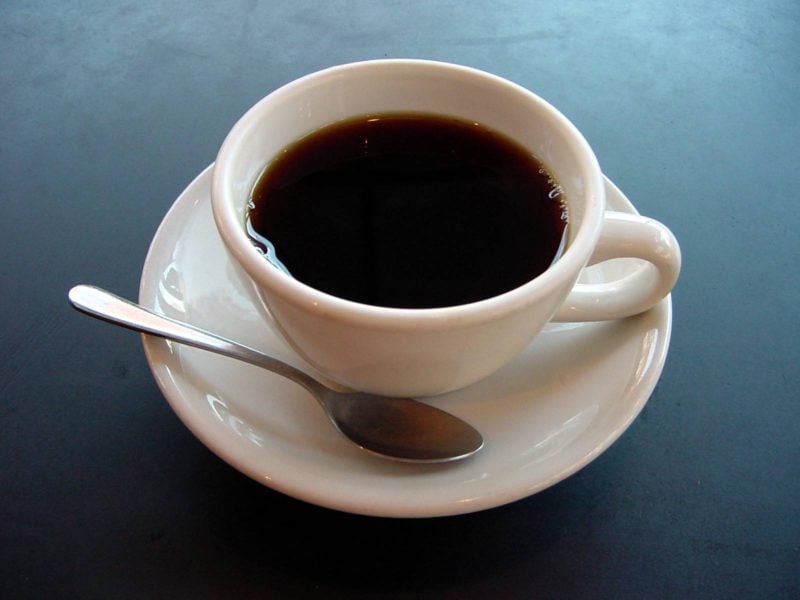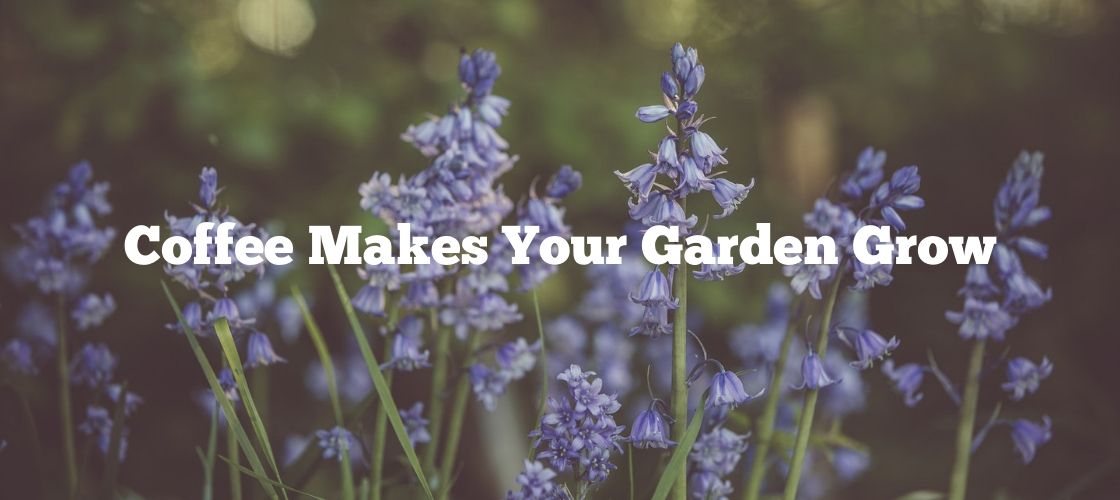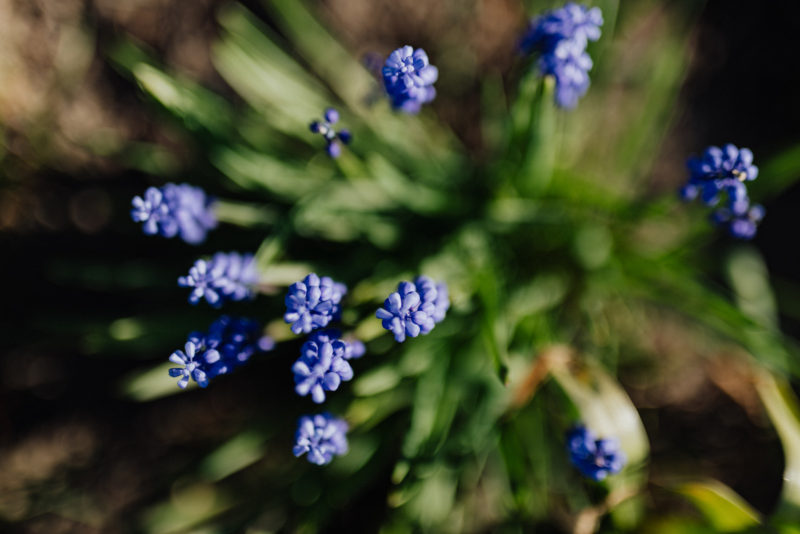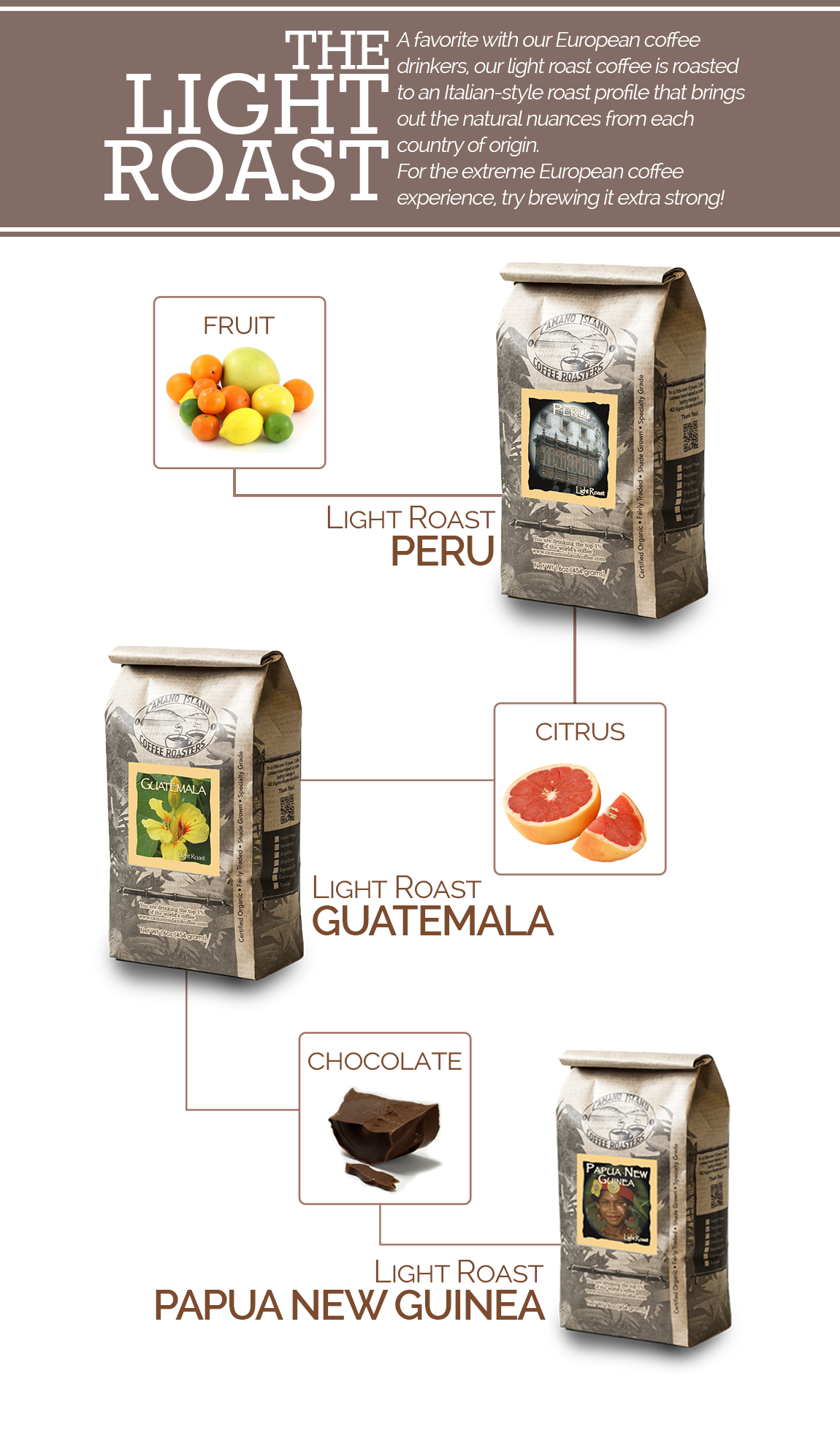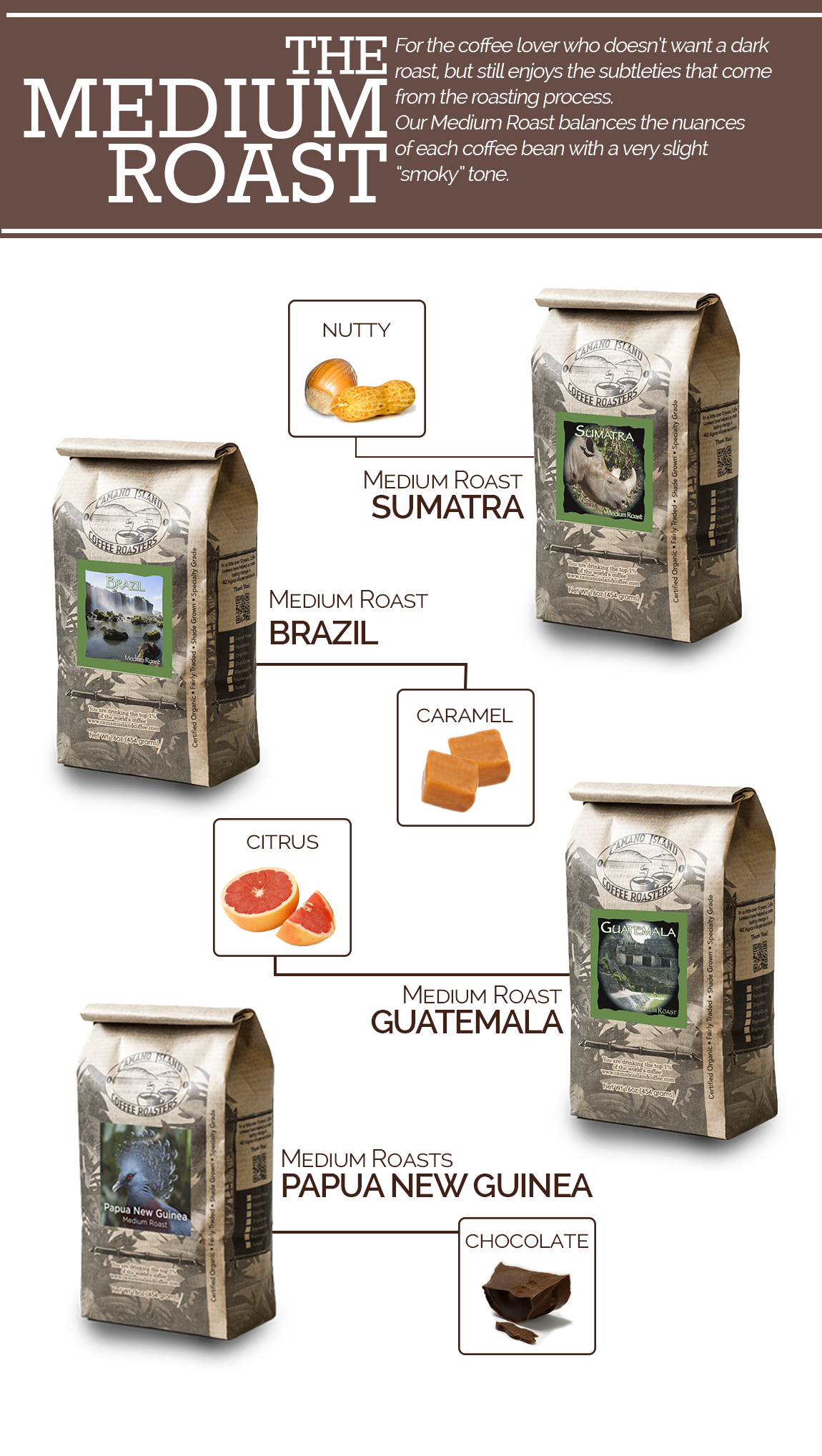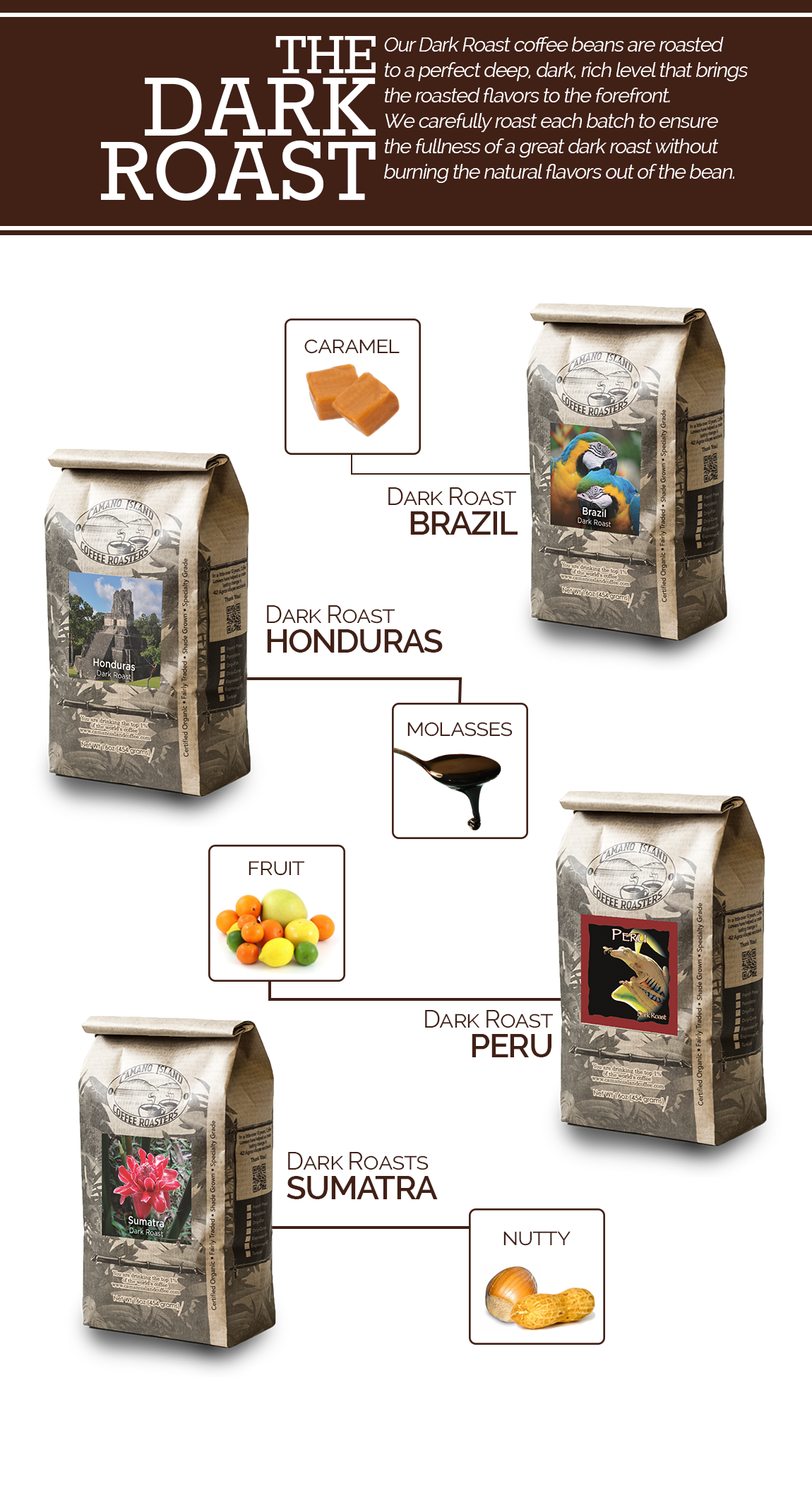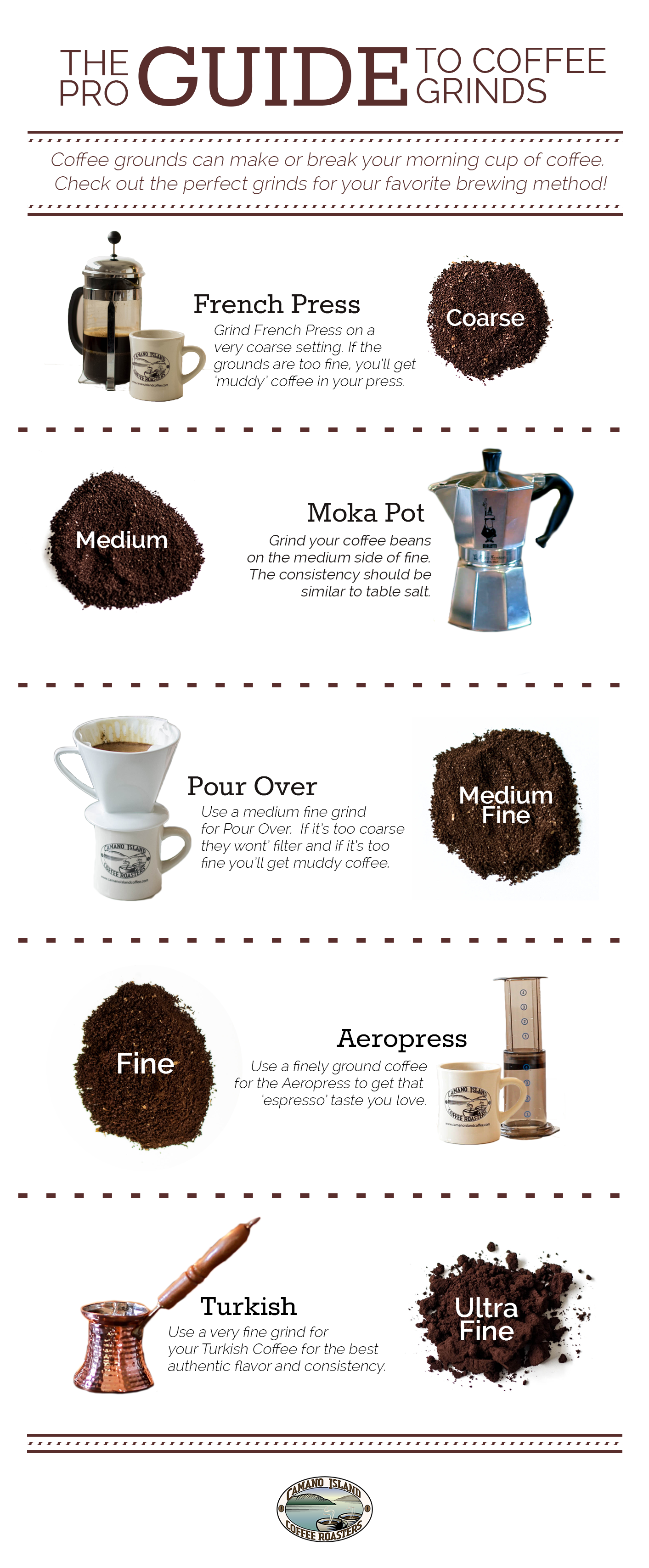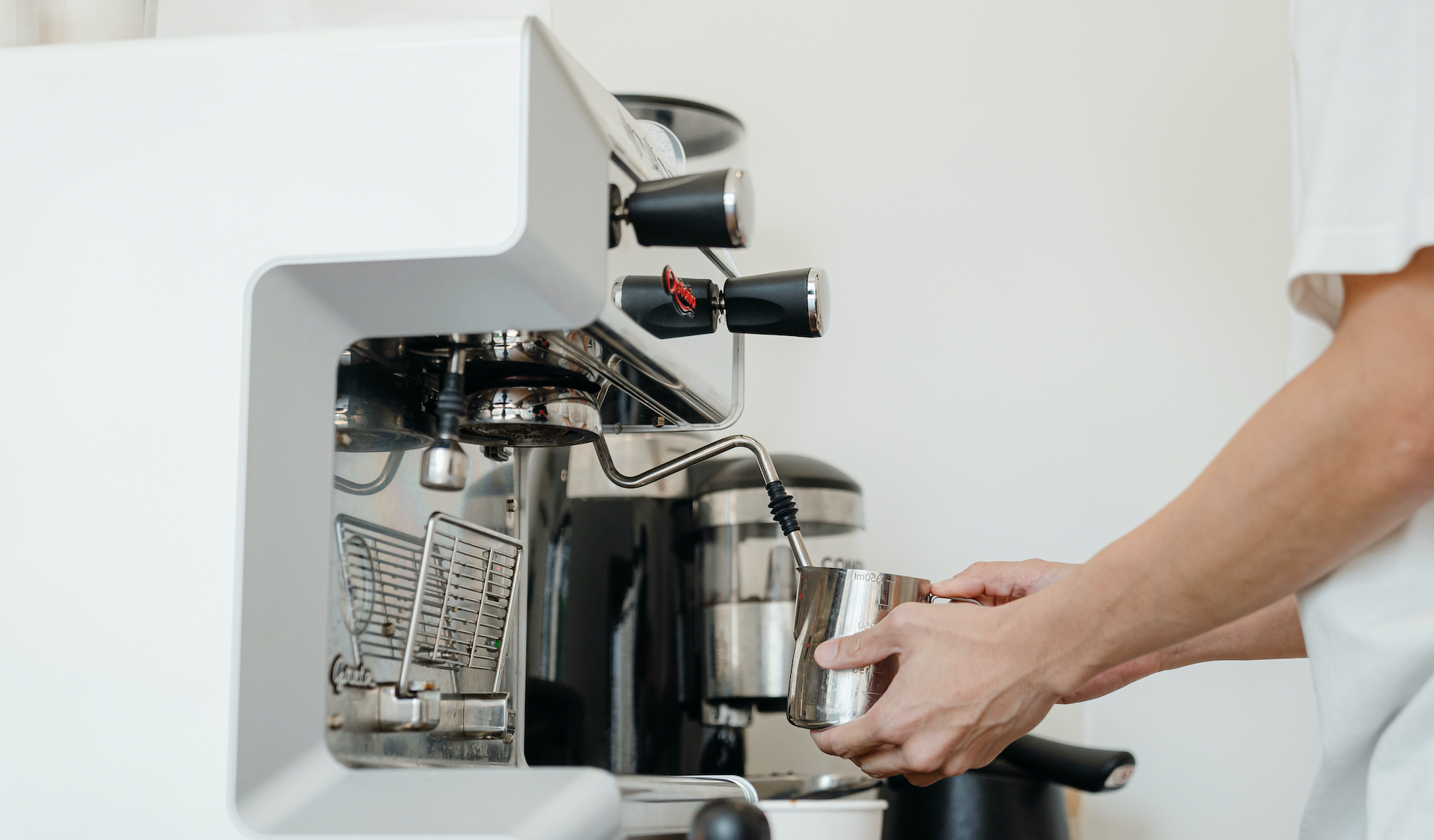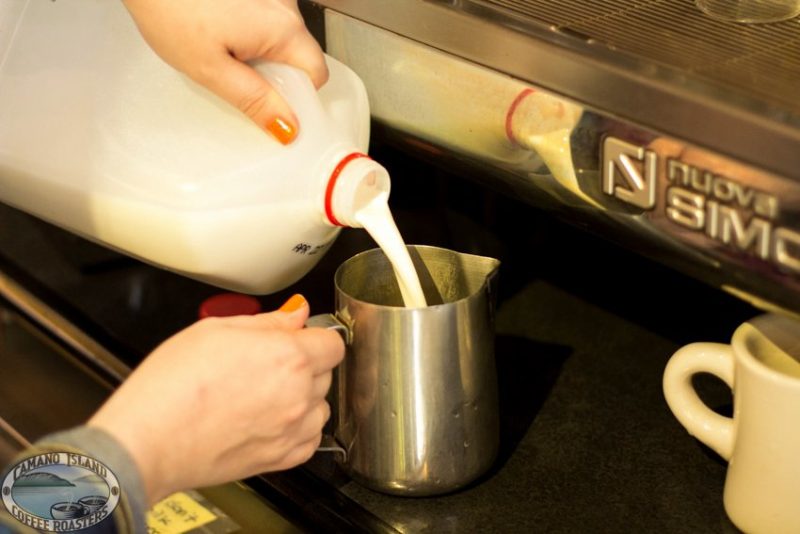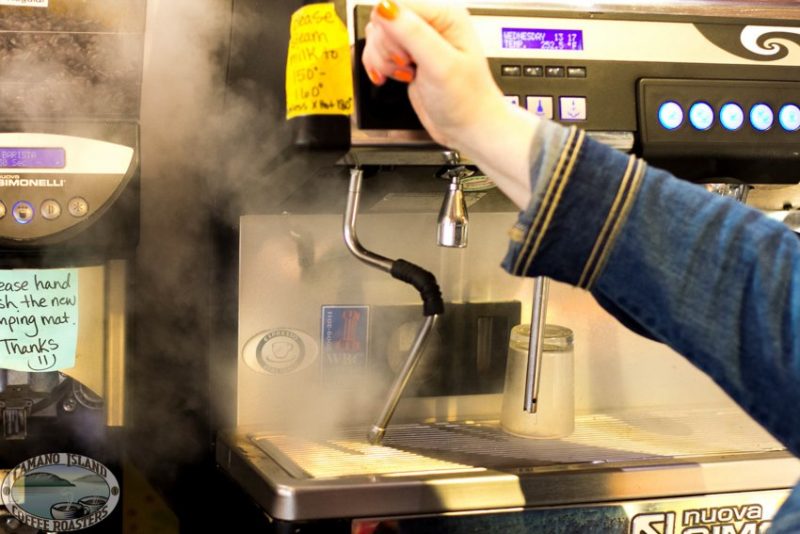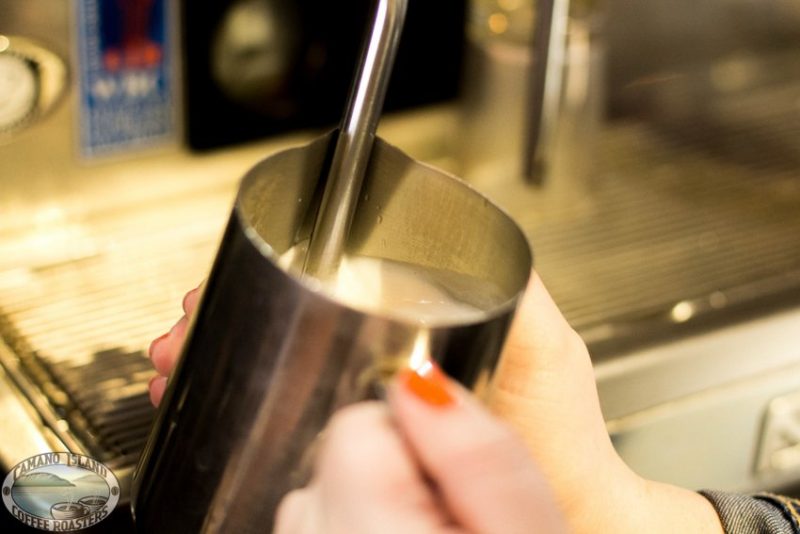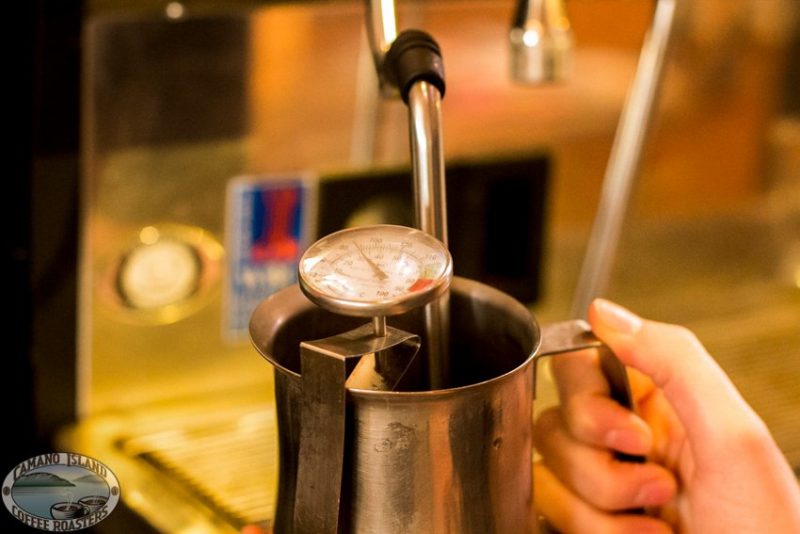3 Shocking Facts About Artificially Flavored COffee
Mmmmm . . . . ! Mocha, caramel, and hazelnut flavored coffees fly off the shelf daily. Unfortunately, many coffee drinkers remain in the dark about artificially flavored coffee. Learn the 3 Shocking Facts About Artificially Flavored Coffee and keep reading to the end to learn the 4 Keys to Mind-Blowing Natural Coffee Flavor.
A Smorgasbord of Chemicals: Cream, Sugar, or Antifreeze?
That’s right, you read that correctly, a smorgasbord. The popular coffee flavoring chemical compound propylene glycol, also exists in antifreeze! Do you love Irish Cream? That’s made with ethyl alcohol, dimethylamine-D1, and formamidine acetate. Does that sound delicious? If you’re a fan of peanut flavor, you’re drinking 2,4-dimethyl-5-acetylthiazole. Yikes! There’s got to be a better way to enjoy coffee.
HAZMAT is the New Black!
Naturally, using strong solvents and chemicals to flavor coffee can have an adverse effect on employees. Hazmat suits — this is the dark side of flavored coffee. Without these suits, workers risk terrible long term health effects such as bronchiolitis obliterans, a type of incurable lung cancer. Now just think you drink these flavored beans. Do you really know what’s going into those beans? When you think of employees working at a coffee company, do you picture them wearing HAZMAT suits? Neither do we. That’s why we never flavor our beans. We don’t have to. Read to the end to find out why.
Bitter Beans, Better Taste?
Speaking of brewing flavored coffee beans, what kind of coffee needs to be flavored anyway? The cheap stuff. The stuff that’s left over. The stuff that you couldn’t drink without strong chemicals tricking your taste buds. Most flavored coffee is cheap robusta beans: the highly acidic, bitter coffee beans most big coffee companies use as filler. These beans are simply the carriers of the chemical flavors. You’re not really drinking coffee.
4 Keys to Mind-Blowing Natural Coffee Flavor
1) Coffee Has More Flavor Potential Than Wine
If your coffee is fresh, organic, and free of imperfections it will blow your taste buds away. How? Because if coffee is taken care of, it will release the power of 800 naturally occurring chemical compounds. To give you some perspective, wine has only 200 flavor compounds. Coffee is packed with flavor — you just have to treat it right.
2) Freshness Is Key
Protect your coffee experience with fresh coffee. Coffee loses its flavor within the first few weeks after roasting. To give you some perspective, grocery store coffee is on average 3 months old due to the logistics of transportation and distribution. Protect your coffee flavor by only buying coffee that’s been roasted fresh within the past few days.
3) The Soil Must Be Nutrient Rich
A little known fact about coffee is how it gets its flavor. Coffee draws its flavor from the minerals and nutrients stored in the soil. The soil replenishes its nutrients and minerals naturally when a variety of plant life is grown together. That’s one reason why we only roast coffee that is shade-grown. It simply improves the soil quality and therefore the flavor.
4) Country of Origin Also Plays a Role
The coffee tree is affected by the climate and elevation of the coffee’s country of origin. The higher the elevation the better. The more tropical the climate the better. The combination of soil type, climate, and elevation all combine to give you 800 chemical compounds that make up the complex flavor of coffee beans.
Adding it all together . . .
When you add together the soil type, the high elevation, and the tropical climate you find there are only a handful of places in the world that can grow truly phenomenal coffee. It’s Your Lucky Day! If you love artificially flavored mocha, then you’ll love our organically grown Papua New Guinea with its naturally strong cocoa tones. If hazelnut is your flavor of choice, then our Brazil Dark roast with its strong nutty flavors will knock your socks off. And right now, when you join the Coffee Lover’s Club you can try either of these coffees for free. Give them a shot and let us know what you think.
